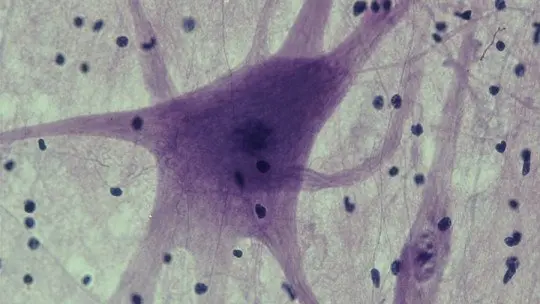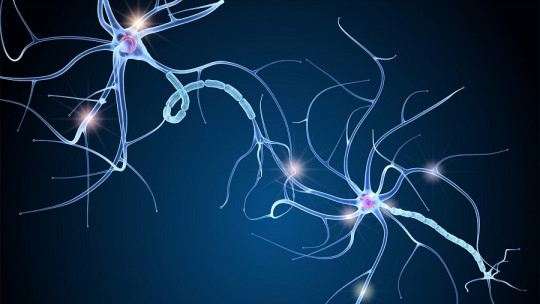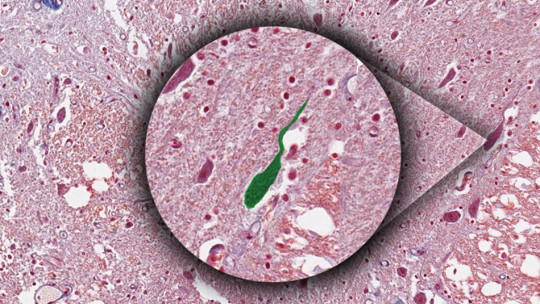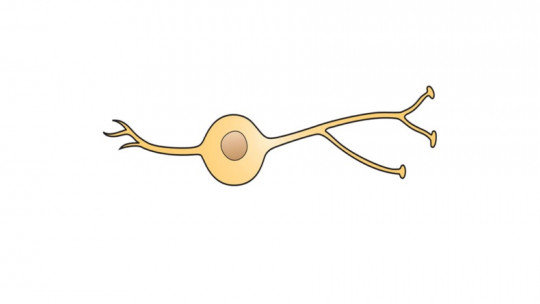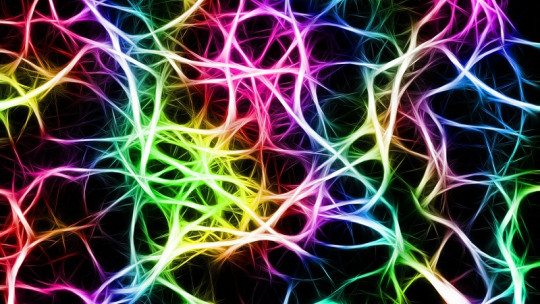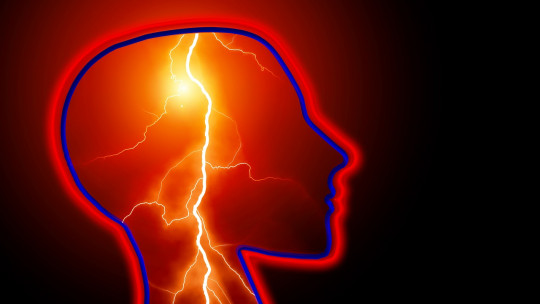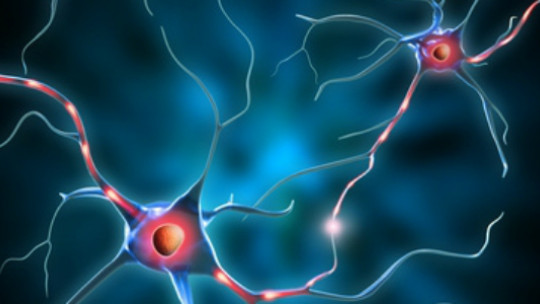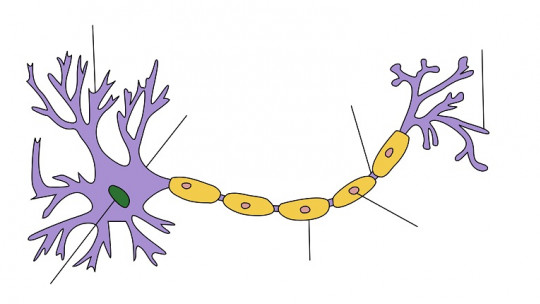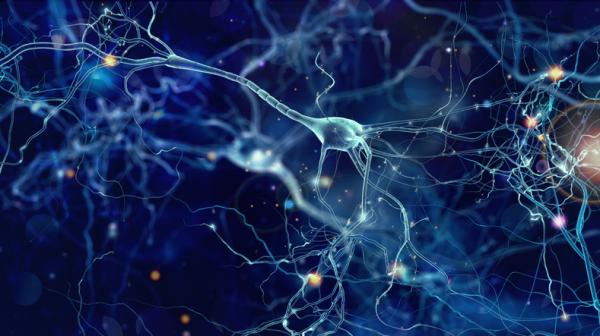
Do you cry when you see others cry? Have you ever felt like you are infected by the way someone else speaks or moves? It is not an exceptional case, it happens to all of us! In recent research, those responsible for this have been discovered: mirror neurons, a type of neurons that reflect the behavior of others. Mirror neurons are involved in social behavior and learning. In this PsychologyFor article we explain What are mirror neurons and what is their function?
What are mirror neurons
The neurons are nervous system cells, responsible for transmitting information through chemical and electrical signals. They are the most important cells of the central nervous system, that is, the brain. The connections between them and with other cells are called synapses. Neurons are made up of 3 main parts:
- Soma: the cell body, the central part of the cell, where the nucleus and cytoplasm are located.
- Dendrites: short specialized processes that project from the cell body.
- Axon: a single long extension.
We can find different types of neurons depending on their function, morphology, transmission or location. One of these types is mirror neurons. What are mirror neurons?
Mirror neurons: definition
Mirror neurons, also called cubelli neurons, are a type of neurons that activate both when actions are performed and when observing actions in others Mirror neurons are so named because they reflect the behavior of others. For example, the same mirror neurons are activated when jumping, seeing a person jump, hearing a jump, or saying the word jump.
It is known that primates have mirror neurons. Where are mirror neurons found? The location of mirror neurons is not unique, but they have been found in various areas, such as the inferior frontal gyrus and the parietal lobe.
The mirror neuron is considered one of the most important discoveries in the field of neuroscience the last decade.
Giacomo Rizzolatti and mirror neurons
He discovery of mirror neurons It is attributed to Giacomo Rizzolatti, an Italian neurobiologist, who studied medicine and dedicated himself to research. In 1996, Rizzolatti and other scientists investigated the inferior frontal cortex of a macaque monkey to study the neurons responsible for hand movements. Thus, mirror neurons were discovered by chance. In subsequent investigations the finding has been confirmed and the location of mirror neurons: in the inferior parietal and inferior frontal regions of the brain. Furthermore, the presence of this type of neurons has also been confirmed in humans.

Function of mirror neurons
Mirror neurons are considered an invisible network that unites people and that allows you to learn from others How do mirror neurons work? They work in the following way: when you see someone smile, an internal reproduction of this movement is created, and then these signals are sent to the limbic system, which is responsible for emotions. In this way, the observer understands what the person who smiled feels. Therefore, it is said that emotions are contagious.
Mirror neurons are found in different locations in the brain, such as the premotor cortex and Broca’s area. That is why they intervene in different functions or capacities. Specifically, mirror neurons influence:
- The perception of stimuli.
- Motor capacity.
- The language.
- The learning.
- The interpersonal relationships.
Importance of mirror neurons
We are social beings, therefore, understand and learn from the actions of others is essential. Mirror neurons allow us to understand the minds of others as they reflect their sensations. When a person performs an action, there is a motivation behind it, a motive, an intention. Mirror neurons allow these intentions to be understood. It is believed that the development of these neurons begins at 3 months of age
Mirror neurons and learning
One of the main forms of learning is vicarious learning or learning by imitation. Mirror neurons are fundamental for imitation since they are activated both when seeing a person perform an action and when they perform it. The link between mirror neurons and imitation is so strong that without mirror neurons the way we imitate would change completely. In addition, they make it possible to play a role, an important fact in the work of actors and actresses.
Mirror neurons are also important in the process of language learning and in communication in general. Mirror neurons are essential in the control and also in the interpretation of gestures and movements used in communication. These neurons detect the facial gestures and hand movements of others and are involved in their interpretation and imitation. Therefore, mirror neurons facilitate non-verbal communication. Researchers have found that these neurons are activated equally when speaking and listening.
Mirror neurons and empathy
What is the relationship between empathy and mirror neurons? In addition to movements and gestures, mirror neurons detect the intention behind them. These neurons They automatically interpret the expressions of others informing us how they feel. After the interpretation of the expression, that state is simulated in the observer, allowing the observer to feel what the observed feels. In this way, you can intuit or deduce what others think or feel, something essential for social relationships. This is possible since the regions that contain mirror neurons connect with the parts responsible for emotions, such as the limbic system. And in that way capture the mental state of the other That is, connecting with others, a social capacity called empathy.
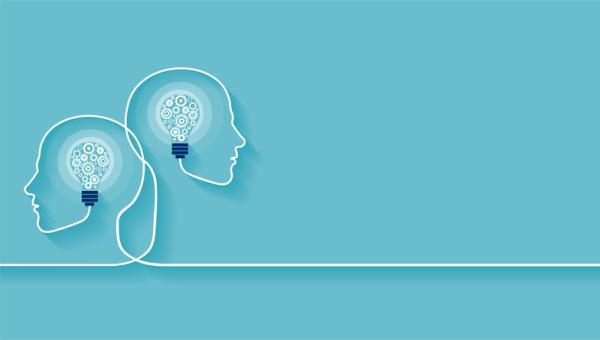
Mirror neurons and autism
Seeing that mirror neurons are so important for social interactions, it is not surprising that they hypothesize their relationship to autism spectrum disorders (ASD). People with ASD have problems understanding the minds of others, which makes social relationships difficult, since they are faced with the uncertainty created by the fact of not understanding the intentions of others Indeed, it has been found that the activity of mirror neurons in people with ASD is altered.(1) Furthermore, this finding is already being used as a form of intervention: imitation is worked on to exercise mirror neurons.
This article is merely informative, at PsychologyFor we do not have the power to make a diagnosis or recommend a treatment. We invite you to go to a psychologist to treat your particular case.
If you want to read more articles similar to What are mirror neurons and what is their function? we recommend that you enter our Neurosciences category.
- Giraldo Torres, LR, Restrepo de Mejía, F., & Arboleda Sánchez, VA (2018). Autism spectrum disorder, electroencephalography and mirror neurons. Colombian Neurological Act, 34(3), 215-222.
Bibliography
- Iacoboni, M. (2009). Mirror neurons: Empathy, neuropolitics, autism, imitation, or how we understand others (Vol. 3055). Katz editors.
- García, EG, Marqués, JG, & Unturbe, FM (2011). Mirror neurons and theory of mind in the explanation of empathy. Anxiety and stress, 17(2), 265-279.
- Rizzolatti, G. (2005). Mirror neurons put you in someone else’s shoes. The country. Madrid.
- Rizzolatti, G. et al. (2007). mirror neurons. Research and Science. January, 14-21.

